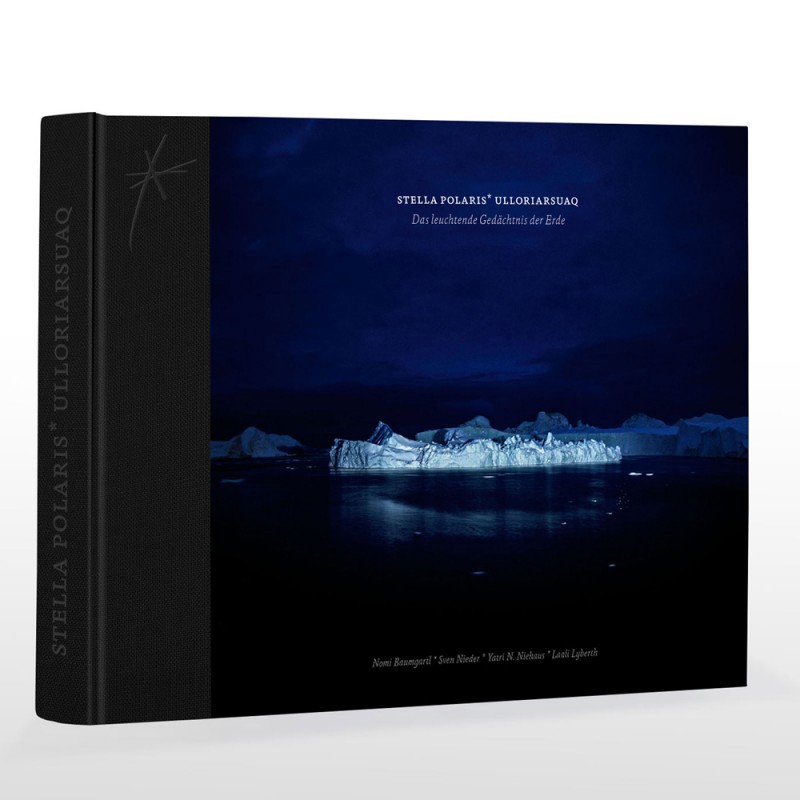Stella Polaris*
Stella Polaris*
July 5, 2015
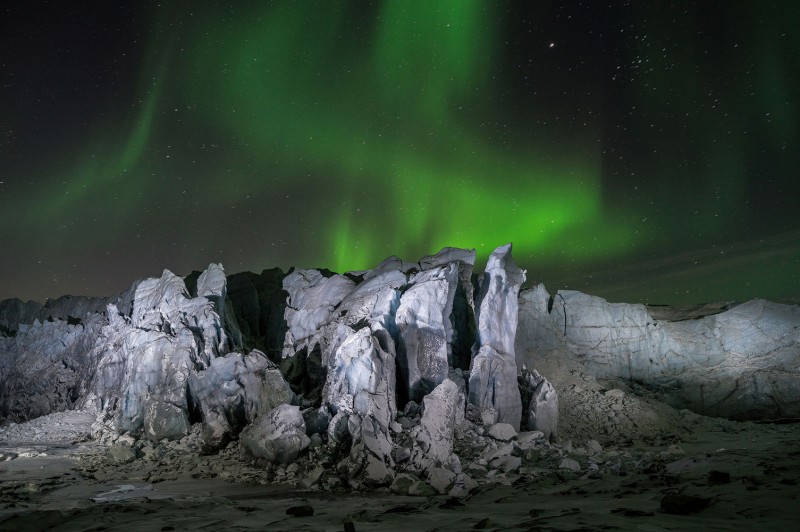
© Stella Polaris Ulloriarsuaq_Sven Nieder
You opened a gallery for the Stella Polaris* Ulloriarsuaq exhibition – can you tell us a little about the space and the exhibition?
Stella Polaris Ulloriarsuaq – the earth’s bright memory is a global, artistic, photo and film project, documenting magic moments produced by illuminating icebergs and glaciers on Greenland, while also pointing at the transience of that world due to the rapidity with which the ice is melting.
The project team, made up of Nomi Baumgartl (photographer and initiator), Sven Nieder (photographer), Yatri N. Niehaus (film director) and Laali Lyberth (coordinator in Greenland), created these illuminated works of art in November 2012 and February 2013 under extreme weather conditions, building an awareness-enhancing bridge between art, culture and science.
The Photography Triennial’s “The Day Will Come” motto is perfectly in line with the project. But we were rather late in the game, so I suggested signing up to host the exhibition in a private gallery as a satellite show for the triennial. The outcome is The day will come when the ice has melted: Stella Polaris* Ulloriarsuaq – Das leuchtende Gedächtnis der Erde. The Visulex Gallery is located in the basement of our apartment building. I was concerned that the space might not be considered adequate enough, but, with advice and help from acquaintances it became, as Nomi Baumgartl said at the vernissage, “a little jewellery box full of sparkling gems”. The concept was to create something that feels like a cave in the ice, where the images are at the forefront, lit up by spotlights within a darkened room.
How did the connection to Nomi Baumgartl come about?
I met Christoph Quarch on one of his philosophy journeys, and it was he who put me in touch with the Stella-Polaris team. Christoph is a philosopher and the author of the text in the Stella Polaris* Ulloriarsuaq photo book. I work in marketing and I’m very interested in photography. I then met the team at photokina 2014. We quickly agreed that marketing needed to play a stronger role if we wanted to spread the images’ message, so I took on the job of marketing for the exhibition at the Leica Gallery LA in December 2014.
What is the fascination for Greenland all about?
Geographically speaking, Greenland is very close to us, yet we know so little about it. We tend to see it as an enormous desert of ice rather than a living environment. However, it is experiencing extreme changes due to global warming. The drastic impact on the environment has forced the local inhabitants to accept big changes to their lifestyle in a very short time. These climate-critical aspects are evident in two pictures of the same glacier, which were taken from the same perspective in November 2012 and February 2013: the glacier collapsed in the middle of the Arctic winter. And today it may only exist as a “bright memory”.
Angaangaq Angakkorsuaq, a shaman and mentor to the project, who works around the world for the preservation of the environment, offered the project these words of advice, “It’s only by melting the ice in the hearts of people that humanity has the chance to change and to begin using its knowledge wisely.”
You can find an interview with Nomi Baumgartl and Sven Nieder on the Leica Blog at: www.blog.leica-camera.com.
You can find the book of Stella Polaris* Ulloriarsuaq – The shining memory of mother earth at: www.stella-polaris.org.

© Stella Polaris Ulloriarsuaq_Sven Nieder
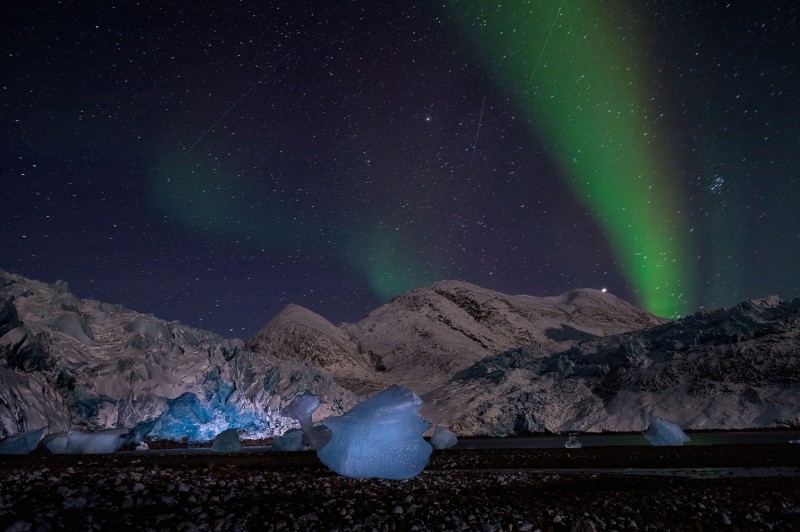
© Stella Polaris Ulloriarsuaq_Nomi Baumgartl & Sven Nieder
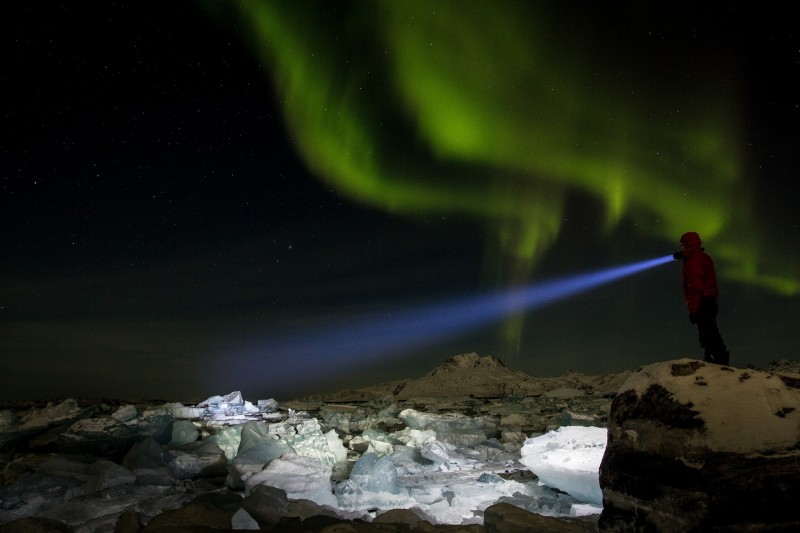
© Stella Polaris Ulloriarsuaq_Sven Nieder
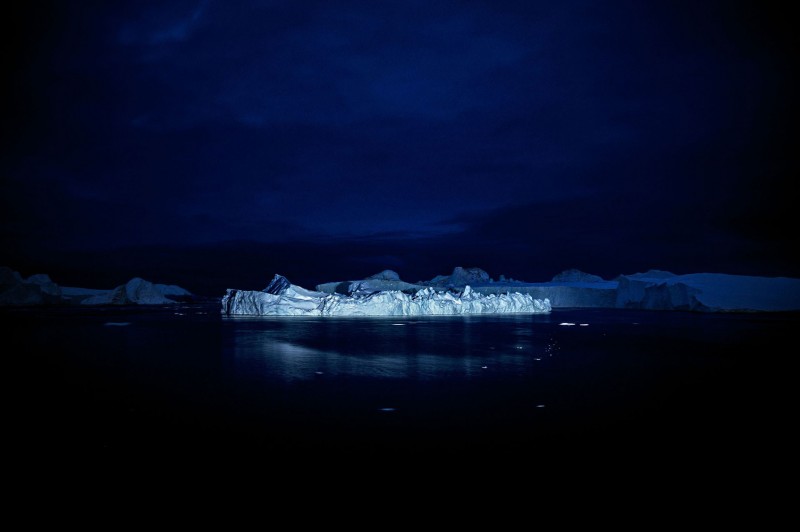
© Stella Polaris Ulloriarsuaq_Nomi Baumgartl
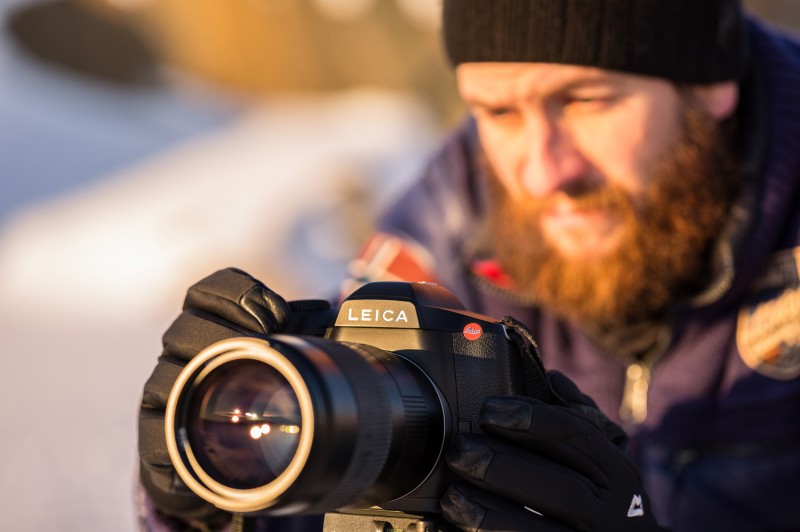
Sven Nieder, photographer of the Stella Polaris* team © Nomi Baumgartl

Nomi Baumgartl © Stella Polaris Ulloriarsuaq_Sven Nieder
